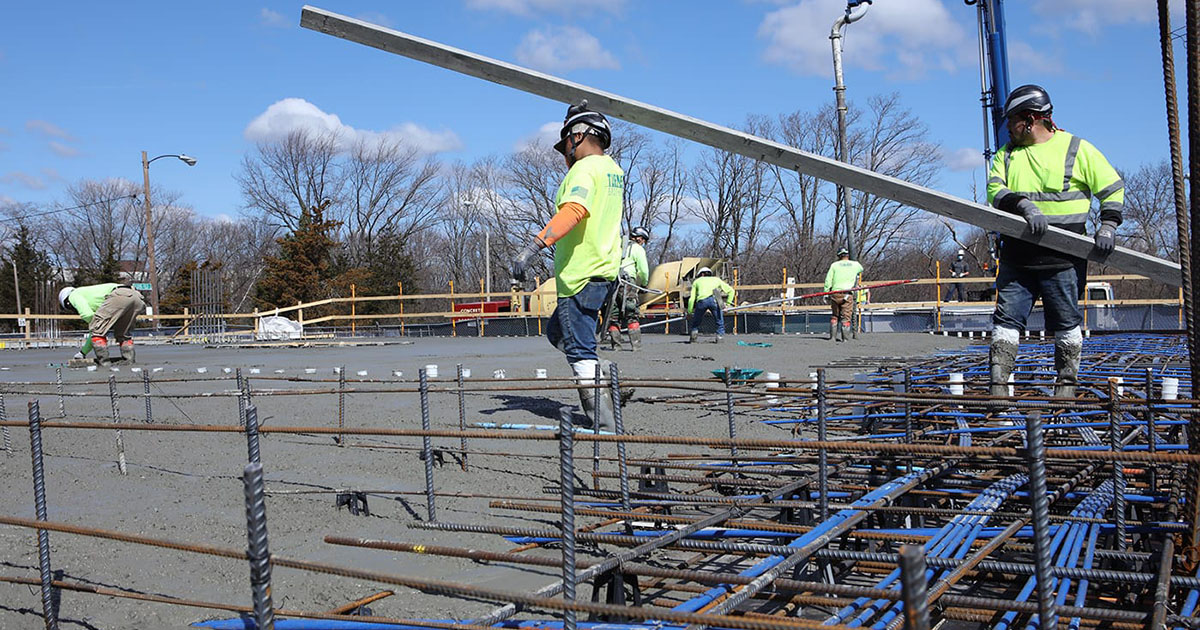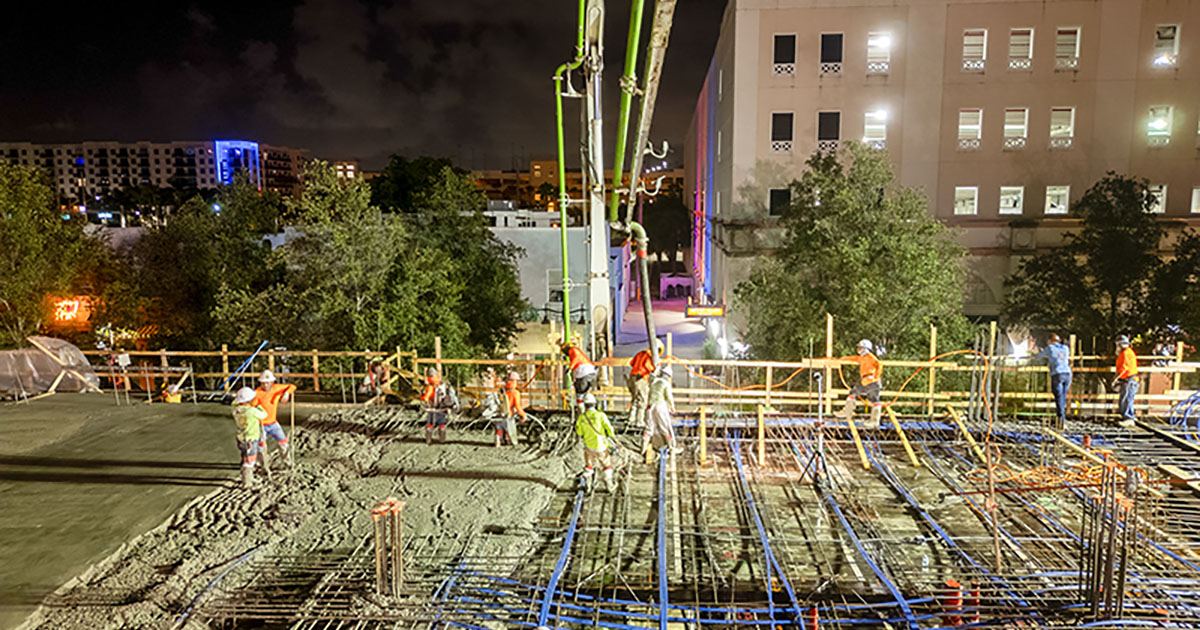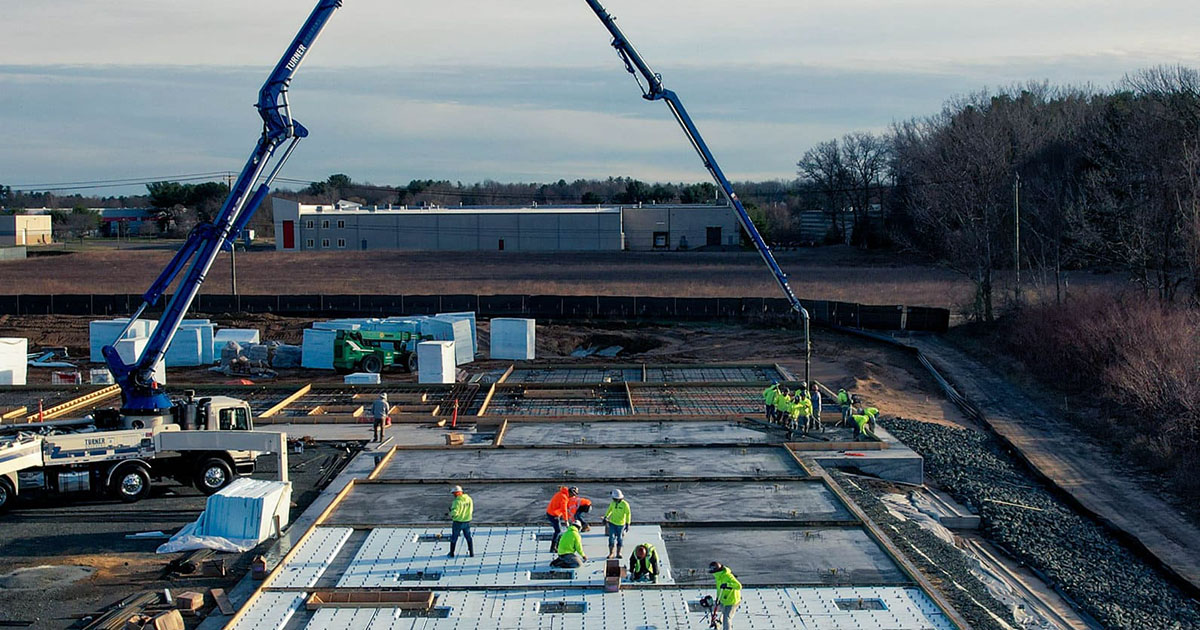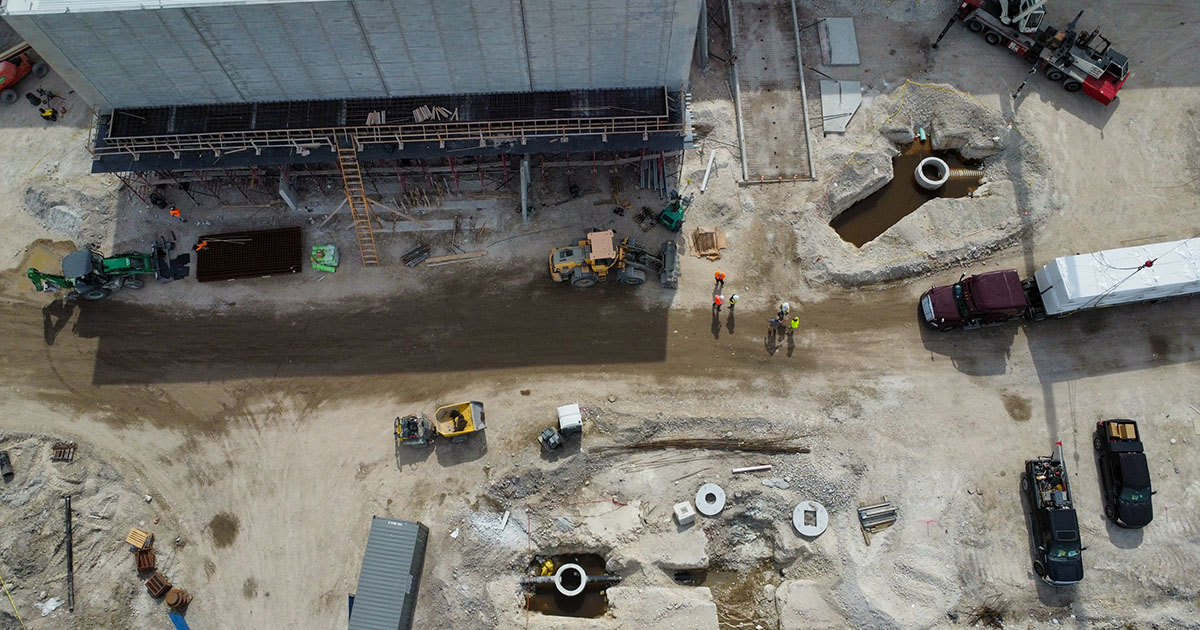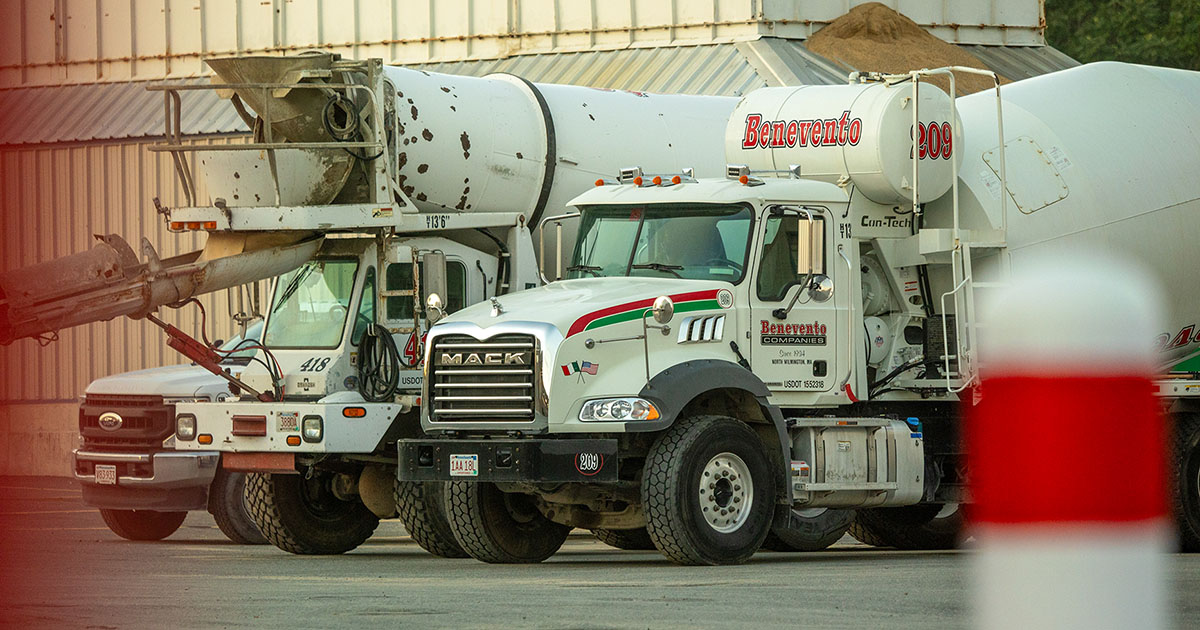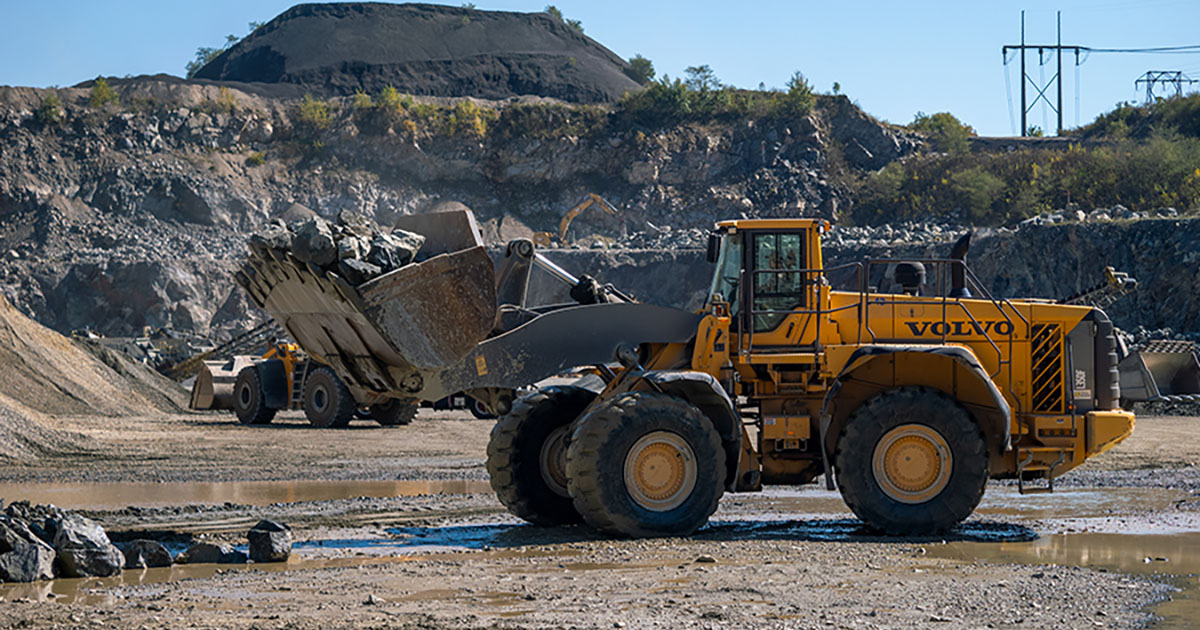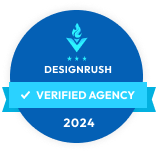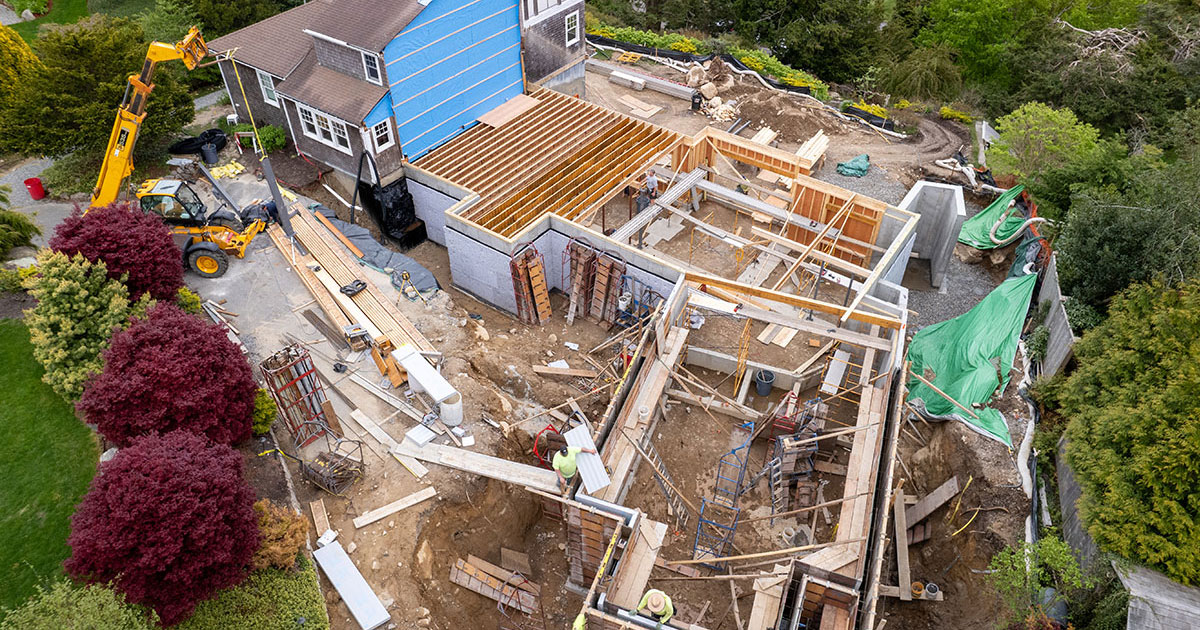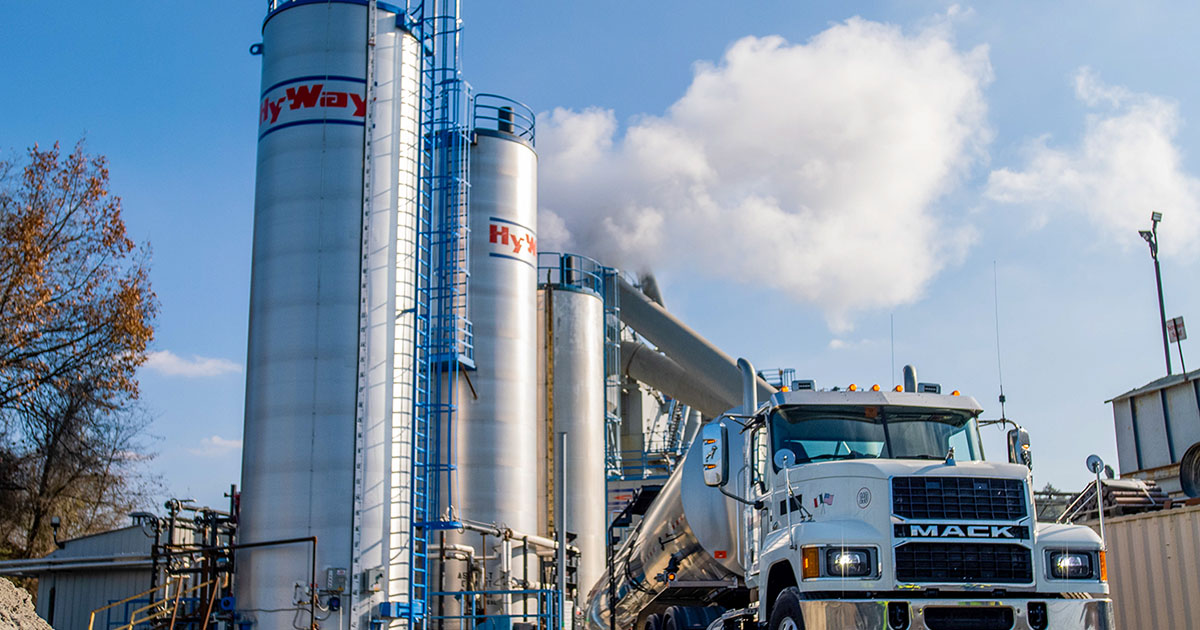
Construction Website Design: Key Elements to Build a High-Converting Site
In today’s digital world, an effective construction website design is essential for attracting new clients, showcasing your projects, and generating leads. A well-designed website serves as a powerful marketing tool, helping construction companies stand out from the competition, establish trust with potential clients, and grow their business. However, a construction website requires more than just aesthetic appeal—it must be functional, optimized for search engines, and focused on lead generation.
In this article, we’ll explore the key elements of a successful construction website design, why they matter, and how a professionally designed site can help your business thrive.
1. A Professional, User-Friendly Design
First impressions matter, especially when potential clients visit your website. Your construction website design should convey professionalism and trust while offering an intuitive and user-friendly experience. Visitors need to quickly find the information they’re looking for, whether it’s your services, past projects, or contact information.
Key design features include:
- Clear navigation: Ensure easy-to-use menus and logical page structures so visitors can find what they need with minimal clicks.
- Mobile-friendly design: With many users browsing on smartphones, your website must be responsive and mobile-optimized to provide a seamless experience across devices.
- Professional visuals: High-quality images, clean layouts, and organized content present a polished, professional image that builds trust with potential clients.
A user-friendly and well-organized website encourages visitors to explore your services and contact you for more information.
2. Showcasing Your Project Portfolio
For construction companies, one of the most important features of your website is the portfolio. Prospective clients want to see examples of your work before deciding to hire you. Your project portfolio should highlight your expertise, versatility, and the quality of your craftsmanship.
When designing your portfolio:
- Include high-quality images: Professional, high-resolution photos of completed projects are essential to visually showcase your skills.
- Provide project details: Along with images, offer descriptions that highlight the project’s scope, challenges, and outcomes, giving visitors a clear understanding of your capabilities.
- Organize by category: If you offer different types of services (e.g., residential, commercial, remodeling), categorize your portfolio to make it easier for visitors to find relevant projects.
A well-organized and visually appealing portfolio helps potential clients envision the quality of work they can expect from your company.
3. Service Pages that Detail Your Expertise
Clear and informative service pages are critical to effective construction website design. Each service you offer should have its own page, detailing what’s involved and why clients should choose your company.
Effective service pages include:
- Specific services: Outline the range of services you offer, such as residential construction, commercial projects, remodeling, or specialized trades like plumbing or electrical work.
- Client benefits: Highlight what sets your company apart, whether it’s your experience, certifications, or commitment to quality.
- Calls-to-action: Encourage visitors to get in touch with clear CTAs like “Request a Quote” or “Contact Us Today.”
By providing detailed descriptions of your services, you help potential clients understand how you can meet their specific needs, increasing the likelihood they’ll contact you.
4. SEO Optimization to Attract Local Clients
Search Engine Optimization (SEO) is essential for helping potential clients find your website when they search for services like “construction company in [city]” or “contractors near me.” A well-optimized construction website will appear higher in search engine results, driving more traffic and generating more leads.
Key SEO strategies for construction website design include:
- Local SEO: Focus on location-specific keywords to ensure your site appears in searches for local contractors. Optimize your content with phrases like “general contractor in [city]” to attract clients in your area.
- On-page optimization: Ensure that page titles, meta descriptions, headers, and image alt text include relevant keywords to improve your rankings.
- Google My Business integration: Linking your website to your Google My Business profile boosts your visibility in local search results and on Google Maps.
A construction website design that prioritizes SEO helps you rank higher in local searches, driving more organic traffic to your site and increasing your chances of winning projects.
5. Lead Generation Tools to Capture Visitors
The goal of your website isn’t just to provide information—it’s to generate leads. A great construction website design will include lead generation tools that capture visitor information and encourage them to take action.
Effective lead generation features include:
- Contact forms: Simple, easy-to-use forms that capture basic information such as name, phone number, email, and project details.
- Calls-to-action (CTAs): Strategically placed CTAs, such as “Request a Free Quote” or “Schedule a Consultation,” encourage visitors to take the next step.
- Live chat: A live chat feature offers visitors real-time assistance, which can help convert them into leads by answering their questions on the spot.
By integrating these tools into your construction website design, you increase the likelihood of turning visitors into potential clients.
6. Client Testimonials and Trust Signals
Building trust with potential clients is crucial in the construction industry, where projects often involve significant investments. Including client testimonials and other trust signals on your website can help establish credibility and convince visitors that your company is reliable and professional.
Trust-building features include:
- Client testimonials: Display reviews from satisfied clients who can speak to the quality of your work, communication, and professionalism.
- Certifications and affiliations: Showcase any certifications, licenses, or industry affiliations to demonstrate your qualifications and commitment to industry standards.
- Case studies: Provide detailed case studies that walk visitors through a project from start to finish, highlighting challenges, solutions, and outcomes.
By incorporating these trust signals into your website design, you reassure potential clients that your company is a trustworthy partner for their construction needs.
7. Fast Load Times and Optimized Performance
Website performance plays a critical role in user experience and search engine rankings. Slow websites can frustrate visitors, leading them to leave your site before exploring your services. Fast load times and optimized performance are essential to keeping visitors engaged and improving your SEO.
Key strategies for optimizing performance include:
- Image optimization: Compress large image files without compromising quality to speed up page load times.
- Efficient coding: Use clean, efficient code to ensure your site runs smoothly and quickly.
- Reliable hosting: Choose a reliable hosting provider that offers fast load times and minimal downtime.
A fast, well-performing website ensures that visitors stay on your site longer and improves your chances of ranking higher on search engines.
8. Ongoing Website Maintenance and Updates
Your website is a long-term investment, and to keep it effective, it needs regular updates and maintenance. A great construction website design includes provisions for ongoing support to ensure your site continues to perform well over time.
Ongoing maintenance services may include:
- Content updates: Regularly adding new projects to your portfolio or updating service offerings as your business grows.
- SEO improvements: Continuously monitoring and adjusting your SEO strategy to keep up with changes in search engine algorithms.
- Security updates: Ensuring your site remains secure with the latest software updates and security patches.
By maintaining your website over time, you’ll ensure that it remains a valuable asset for your construction business.
9. Interactive Project Maps for Location-Based Portfolio Showcasing
Adding an interactive project map to your website can be an engaging way to show visitors the scope and location of your completed projects. This feature allows prospective clients to see where you’ve worked and gives them insight into the scale and diversity of your projects.
Benefits of Interactive Project Maps:
- Visual Engagement: A map with clickable project markers can add a dynamic, visual element to your portfolio.
- Local Credibility: Showing completed projects nearby can help build trust with local clients.
- Category Filtering: Allow users to filter projects by type (e.g., commercial, residential) to help them find relevant examples.
An interactive project map demonstrates your experience in specific areas, making it easier for visitors to see your local presence and range of expertise.
10. Incorporate Cost Estimation Tools
A cost estimation tool on your website allows potential clients to get a rough idea of project pricing before contacting you. This tool can help qualify leads and set realistic budget expectations for your services.
Features of a Cost Estimator:
- Basic Pricing Parameters: Let users select variables like project type, square footage, or material preferences to estimate a price range.
- Simple Interface: Ensure the estimator is user-friendly and doesn’t require excessive details, which can deter users.
- Follow-Up Option: After receiving an estimate, encourage users to contact you for a more detailed quote.
Including a cost estimation tool offers a helpful resource for potential clients and can encourage them to reach out for a more accurate quote.
11. Detailed FAQ Section for Client Questions
A well-organized FAQ section can address common questions that prospective clients may have about your services, processes, or project timelines. This helps reduce inquiries for basic questions and provides value to visitors.
Topics to Cover in Your FAQ:
- Project Timelines: Typical timelines for different project types.
- Payment Terms: Information on payment schedules or financing options.
- Materials and Warranties: Details about the materials used and any warranties provided.
- Licensing and Insurance: Information on your company’s certifications and insurance coverage.
An FAQ section not only saves time for both parties but also builds transparency and trust with potential clients.
12. Content-Rich Blog to Boost SEO and Build Authority
A blog can serve as an additional SEO asset and an opportunity to position your company as an authority in the construction industry. Publishing valuable content attracts organic traffic and keeps clients engaged.
Suggested Blog Topics:
- Project Planning Guides: Articles on how to plan a successful renovation or construction project.
- Industry Insights: Posts on emerging trends, sustainability practices, or innovative building materials.
- Maintenance Tips: Practical advice for post-construction maintenance to prolong the life of a project.
By consistently updating your blog, you can keep your website active, improve SEO, and provide ongoing value to potential clients.
13. Accessibility Features to Make Your Site Inclusive
Making your website accessible to all users, including those with disabilities, can improve user experience and demonstrate inclusivity. This is particularly important as accessibility can also impact SEO rankings.
Accessibility Features to Implement:
- Alt Text for Images: Ensure all images have descriptive alt text for visually impaired users.
- Keyboard Navigation: Make sure users can navigate the site using only a keyboard.
- Readable Fonts and Contrasts: Use legible fonts and high-contrast color schemes for easy readability.
Adding accessibility features shows commitment to inclusivity and helps expand your potential audience.
14. Integration with CRM Systems for Streamlined Lead Management
Integrating your website with a Customer Relationship Management (CRM) system can help you manage leads more efficiently. This integration allows leads captured from contact forms, quote requests, or live chat to be automatically entered into your CRM, enabling timely follow-ups and improved lead tracking.
Benefits of CRM Integration:
- Automated Lead Capture: Immediately capture and store contact details and project inquiries.
- Enhanced Client Communication: Track interactions and follow up promptly, reducing response time.
- Insights for Marketing: CRM analytics can help you understand client needs and refine your marketing strategy.
With CRM integration, you streamline the process of converting website visitors into clients, making lead management more effective.
15. Highlight Team Members to Add a Personal Touch
Adding a “Meet the Team” section humanizes your company, showcasing the expertise and dedication of your staff. This helps clients feel more connected to your business and builds trust.
What to Include in Team Bios:
- Professional Experience: Briefly describe each team member’s background and role in the company.
- Credentials and Certifications: Highlight any relevant certifications or industry qualifications.
- Personal Touch: Share a bit about team members’ interests or passions outside of work to add personality.
A team page can enhance credibility by showing the skilled individuals behind your company’s projects, making potential clients feel more comfortable working with you.
16. Project Timelines and Process Overview
Providing an overview of your process or typical project timeline can set clear expectations for clients. This transparency helps build trust and shows that you’re organized and prepared to manage projects efficiently.
What to Include in a Process Overview:
- Step-by-Step Timeline: Describe each phase of a typical project, from initial consultation to completion.
- Client Expectations: Explain what clients can expect at each stage, including necessary approvals or decisions.
- Milestone Highlights: Detail major milestones, such as planning, foundation work, framing, and final inspection.
By outlining the project process, you show potential clients that you are thorough, organized, and attentive to detail.
The Importance of Professional Construction Website Design
Investing in a well-crafted construction website design is one of the best ways to attract new clients, build your brand, and grow your business. From showcasing your projects and services to optimizing for SEO and lead generation, a professional website is a powerful tool for driving business success in the construction industry.
By incorporating the key elements discussed—professional design, a project portfolio, service pages, SEO optimization, lead generation tools, and trust signals—you can create a website that not only looks great but also delivers real results.


